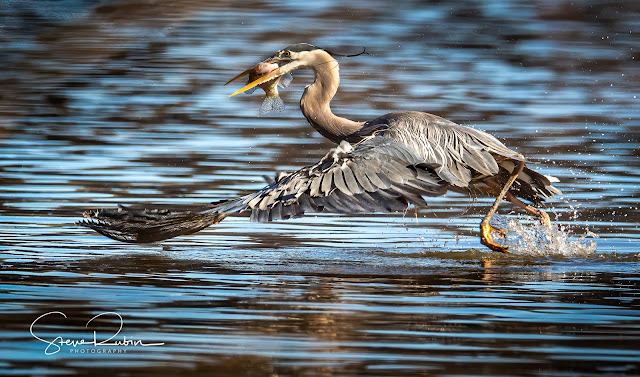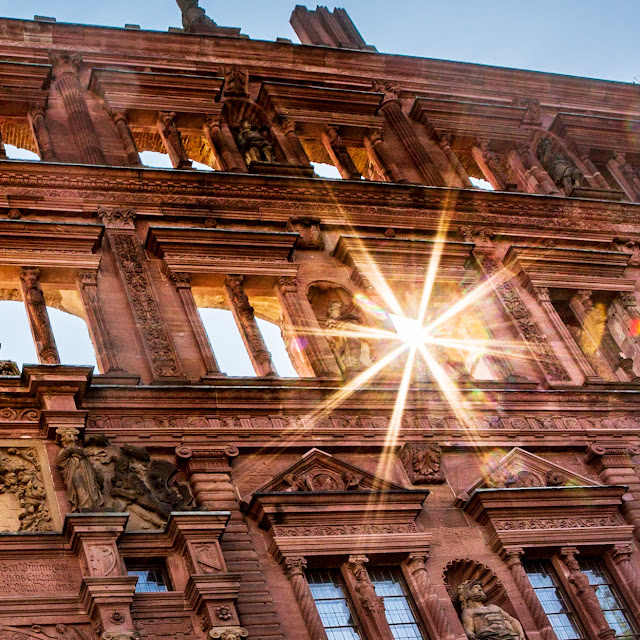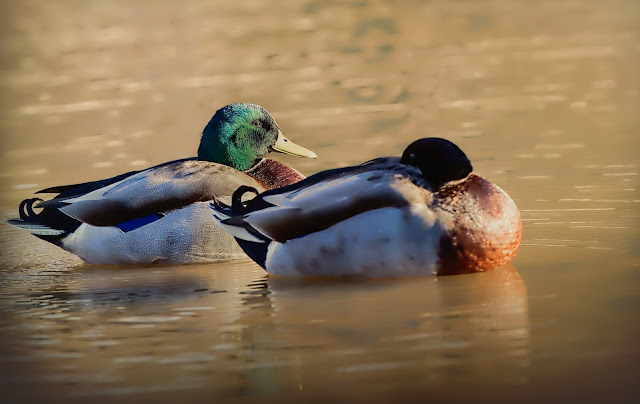Wildlife Photography, how do you get these types of shots?
I'm always amazed when I see great wildlife photography. When we watch any type of activity that highly accomplished people do, we always tend to say "that looks easy" (even though we know its not easy at all). Whether that be a great football player, a gymnast, or a magician. But what about wildlife photography.
It always seems to me that when I see other photographer's amazing wildlife shots I think the same. I assume (actually I don't but I'm sure many do) that they just wondered up to that animal, waited a minute, and saw the animal do something interesting and take that single shot. If only it were THAT EASY!
Have you ever wondered off to an area where you may see a serious wildlife photographer working you'll hear his camera shooting rapid shot all the time. Of course we all know that's one of the secrets to capturing a great shot.
You know when you were getting ready to buy your first home your parents told you the secret to real estate, "location, location and oh yes... location). Well with wildlife photography it's patience, patience, and oh yes.... PAITENCE).
One other thing, there's luck and there's skill and as they say in golf, it all looks the same on the score card. There's no question for me that luck and skill takes part in the wildlife images I capture.
Capturing Blue Herons fishing takes both patience and skill. Certainly you have to have the skill to know how to set up your camera settings correctly. You have to have the right equipment. You have to have HUGE AMOUNT OF PATIENCE.
Both of these herons (taken on two different trips to the Haw River below the Jordan Lake Damn ) took a lot of shots with only a handful that will ever make it out of my computer. 95% of the shots I took (remember talking about rapid fire) will never go anywhere (except maybe to the digital trash can eventually). However, the ones that do make it out into the public are the best that I have for that area. They are the ones that people go "how did he get that?".
The shot above has many flaws. However, because of the subject and type of photography, sometimes the final shot makes it worth it to put up with the flaws. After all, how often do you see a Blue Heron turned perfectly (body going one way, head looking another just like in a portrait) watching the last seconds of that poor fish's life as he becomes dinner for the heron.
So what are the flaws (I know my camera buddies could rattle them off in a heartbeat). Well, first the wing is cut off. No, that's not from bad cropping, that as far as I got that fraction of a second on that wing. What about the blurry thing in the lower left hand corner that goes all the way up to the heron's body? Well folks, had you been there you would know that since the river's water level was so high (thanks Army Corp of Engineers), I couldn't shoot at the edge of the river like I usually do, but up on a path. With that path comes many branches between me and my subject. This fraction of a second I was able to turn to get an angle that only had a couple of distractions.
Of course, I'm not thinking about this (for the most part) when I'm shooting this shot. I'm just setting my camera correctly for this type of photography, holding my monster Tamron 150-600mm lens by hand (the tripod just wouldn't have worked this time) and shooting away, checking that things are technically working and hoping I capture a good image. Sometimes I was lucky that I had the camera up as the heron started his fish run, sometimes I missed it. Ah, the life of a wildlife photographer.





Comments
Post a Comment